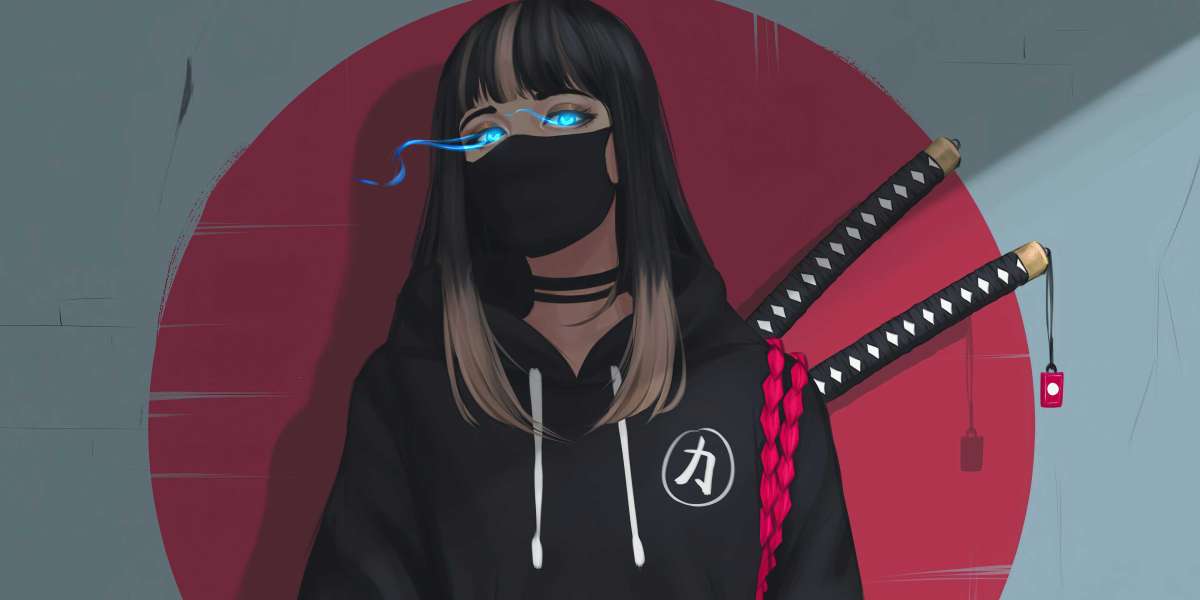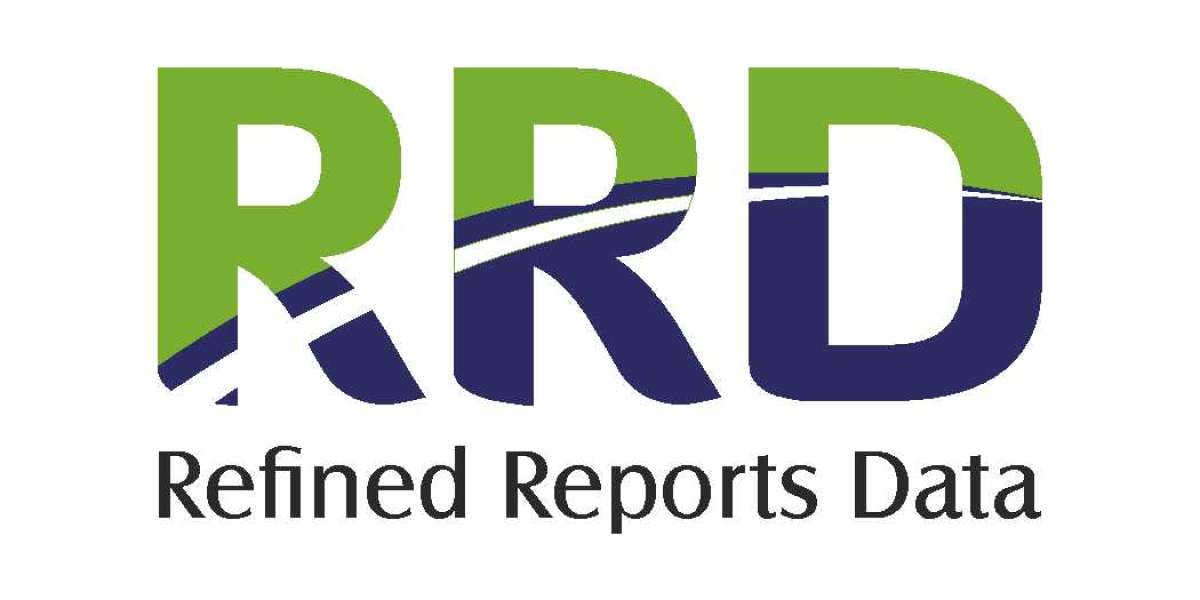The world of artist figures is a fascinating journey through time, reflecting the cultural and artistic shifts that have shaped our understanding of creativity. From the iconic figures of the Renaissance to contemporary artists who challenge norms, the evolution of these representations offers insight into the changing landscape of art.
Renaissance Icons: The Birth of Artist Figures
During the Renaissance, artist figures emerged as symbols of humanism and creativity. Artists like Leonardo da Vinci and Michelangelo were not merely creators; they were celebrated as intellectuals and visionaries. Their works, characterized by realism and emotional depth, transformed how society viewed artists. But what made these figures so significant?
- Humanism: This movement emphasized the value of human beings and their experiences.
- Innovation: Artists began to experiment with perspective, anatomy, and light.
- Patronage: Wealthy patrons supported artists, allowing them to focus on their craft.
These elements combined to elevate the status of artist figures, making them central to cultural discourse. The legacy of this period continues to influence modern perceptions of artists today.
Modern Visionaries: Redefining Artist Figures
As we moved into the 20th and 21st centuries, the concept of artist figures underwent a significant transformation. Modern artists began to challenge traditional norms, often using their work as a platform for social commentary. Figures such as Andy Warhol and Frida Kahlo became icons not only for their art but also for their unique perspectives on identity and culture.
How do these modern artist figures differ from their Renaissance predecessors? The answer lies in their approach to art and society:
- Individualism: Modern artists often emphasize personal expression over collective ideals.
- Interdisciplinary Practices: Many artists now blend various mediums, including digital art, performance, and installation.
- Global Influence: The internet has allowed artists from diverse backgrounds to share their work and perspectives.
This shift has broadened the definition of what it means to be an artist, making the term more inclusive and dynamic.
The Role of Artist Figures in Contemporary Culture
Today, artist figures play a crucial role in shaping cultural narratives. They are often at the forefront of social movements, using their platforms to advocate for change. The visibility of these figures in popular culture has also increased, leading to a greater appreciation for their contributions.
For those interested in exploring the world of artist figures, consider visiting specialized websites that showcase their work and impact. One such resource is  , which provides insights into various artistic movements and figures.
, which provides insights into various artistic movements and figures.
Conclusion: The Enduring Legacy of Artist Figures
In conclusion, the evolution of artist figures from the Renaissance to modern times illustrates the profound impact of art on society. As we continue to celebrate and analyze these figures, we gain a deeper understanding of the cultural forces that shape our world. Whether through historical icons or contemporary visionaries, artist figures remain vital to the ongoing dialogue about creativity and expression.








